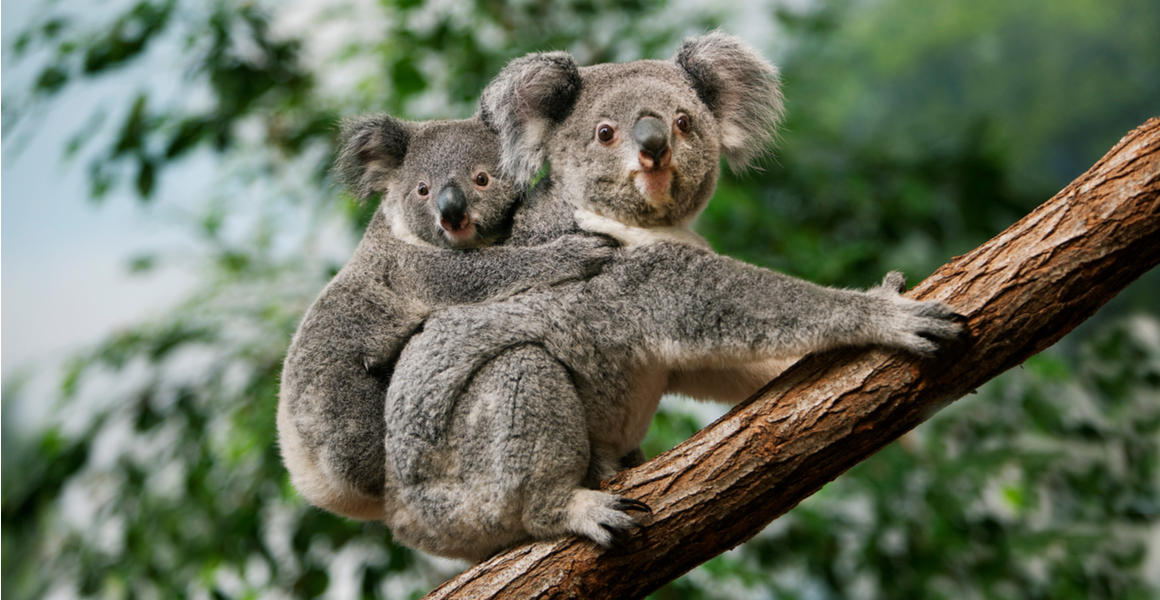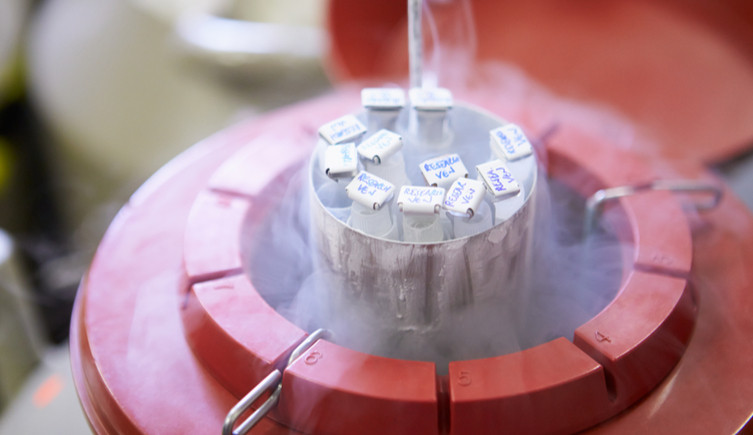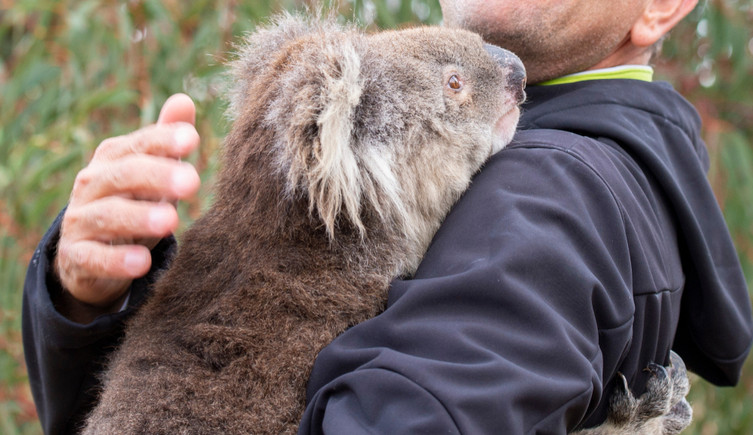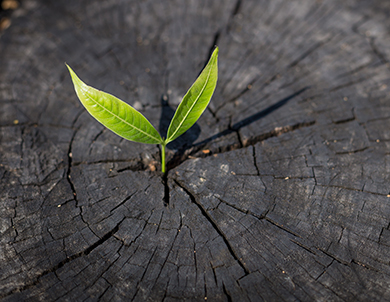Koalas are at risk of extinction – but freezing their sperm and eggs could help to turn this around.
Australian scientists found that investing in koala reproduction may help to buy time for the species while its threats are addressed.

Koalas are one of Australia's most iconic species, but their populations are declining. Image © slowmotiongli/Shutterstock
Koalas are at risk of extinction – but freezing their sperm and eggs could help to turn this around.
Australian scientists found that investing in koala reproduction may help to buy time for the species while its threats are addressed.
Setting up a biobank may help to put the extinction threat of koalas on ice.
While the iconic Australian mammal is recognisable around the world, it is under threat from rising temperatures, habitat destruction and human activity. It is estimated that koala populations have declined by about a quarter in the past 20 years, with the species listed as Endangered in three Australian states last year.
While captive breeding programmes have been set up in Australia and other countries, conservationists have said that further steps are needed to save the species.
A new study, published in the journal Animals, suggests that freezing koala eggs, sperm and embryos is crucial to ensure their genetic diversity, while also being more cost-effective than large breeding programmes.
Co-author Dr Ryan Witt says, 'Currently, we have no optimised tools that can store live koala reproductive material, such as sperm.
'This means we have no insurance policy against natural disasters, like the 2019 to 2020 bushfires, that threaten to wipe out large numbers of animals at the one time. If the koala population dies in these kind of fire events, there is no way to bring them back or preserve their genetics.
'Biobanking, if developed for the koala, would offer a solution'.

Sperm and eggs are preserved using liquid nitrogen at a temperature of less than 196◦C. Image © Monkey Business Images/Shutterstock
Koalas are just one of many species threatened with extinction for which preserving reproductive material has been suggested.
The history of preserving these cells goes back almost a century. Some of the earliest experiments go back to the 1930s, where bull sperm was chilled to preserve it outside the body before its use in artificial insemination.
Subsequent research revealed that sperm, diluted with low concentrations of glycerol, could be revived after being frozen. However, this revived sperm was often incapable of fertilising an egg, with further research in the 1950s refining the process to allow fertile sperm to be thawed out.
At first, research was focused on economically valuable animals, such as bulls and horses. Semen from these animals is regularly traded around the world, with deposits from prize animals changing hands for thousands of pounds in an industry worth billions.
Research also focused on human reproduction, with the first children born after the freezing of embryos and egg cells in 1984 and 1986 respectively. However, for rare animals, the process isn't always quite as straightforward.
For instance, less than 30% of sperm from endangered rhinos maintained its swimming ability after thawing when attempts were first made to freeze it in the late 1970s. Subsequent research using new preservatives has helped to bring this figure to over 87%, with the first artificial insemination of endangered rhinos with frozen sperm taking place in 2007.
This improvement is particularly important for the northern white rhino, as the last male of the species died in 2018. Frozen sperm from males of the species has been combined with eggs from surviving females in the hope that surrogate rhinos will be able to bring the species back from the brink.
Aside from the preservation of the cells, each species has a different reproductive cycle, and may not be fertile all the time. Substantial research has been conducted into the complex reproduction of the giant panda to ensure that artificial insemination attempts have the greatest chance of success.
With pandas no longer in decline, in part as a result of this research, Australian scientists are hoping a similar outcome can be achieved for the koala.

Many koalas were rescued during widespread wildfires in Australia in 2019 and 2020, but others weren't so lucky. Image © Andrea Izzotti/Shutterstock
The researchers modelled two ways that koalas could be conserved in the future, with different targets for the preservation of genetic diversity.
One method involved the maintenance of large koala populations, with the required amount of diversity maintained by the specific breeding of different groups. The other involved inseminating some females with frozen sperm from male koalas among the initial population, which could achieve a similar result with fewer captive animals.
While both techniques could achieve the same genetic diversity targets, it was significantly more expensive for those without biobanks.
The scientists estimated that over a century, efforts to maintain 90% of koala diversity without biobanks would cost seven times as much as those which did, while attempting to maintain 99% of diversity would be at least 12 times as expensive, costing over £400 million.
'Captive breeding programs require larger koala colony sizes to prevent inbreeding,' Ryan says. 'But by integrating assisted reproduction we can reduce the number of koalas needing to be in captivity, lower costs, and improve genetic diversity.
'This would free up valuable conservation funding to support a greater number of species, or to support other koala conservation efforts such as habitat restoration.'
The study claims that a koala biobanking program could be established in Australia for around £1.7 million, with annual costs of around £430,000.
Even this will not be enough to save the koalas alone, especially while the root causes of the decline remain unaddressed. For instance, while climate change will drive koalas out of much of its current range as it becomes too hot and dry, Australia's government intends to continue extracting and using coal – a driver of climate change - for as long as it remains viable to do so.
Further steps, such as habitat restoration, will also be needed to ensure that the iconic marsupial does not go the way of Australian mammals such as the Bramble Cay melomys and Christmas Island pipistrelle, both of which have been declared extinct in the past 20 years.

We're working towards a future where both people and the planet thrive.
Hear from scientists studying human impact and change in the natural world.
Don't miss a thing
Receive email updates about our news, science, exhibitions, events, products, services and fundraising activities. We may occasionally include third-party content from our corporate partners and other museums. We will not share your personal details with these third parties. You must be over the age of 13. Privacy notice.
Follow us on social media